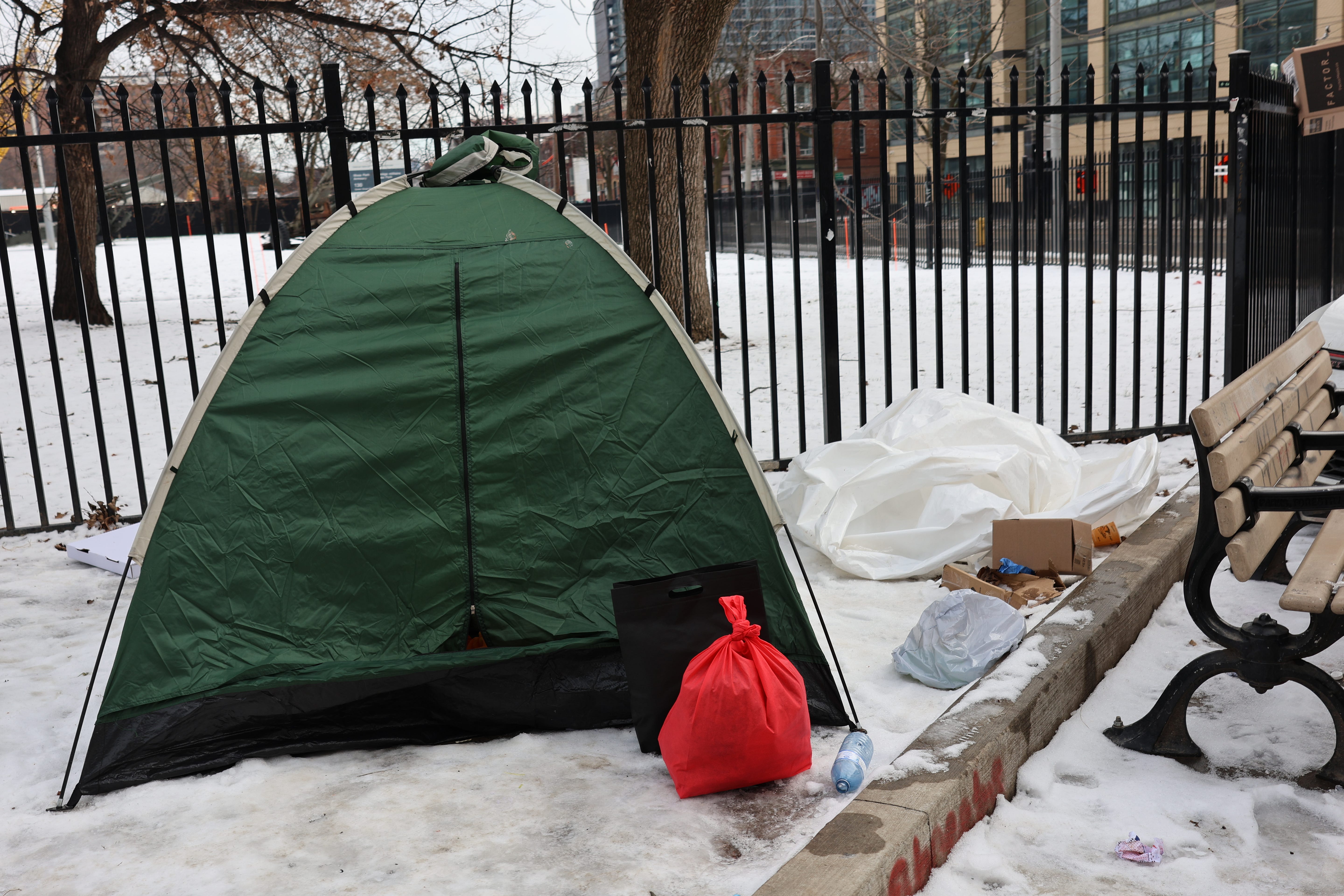Decolonizing photojournalism by shifting the lens to highlight BIPOC stories
Photojournalism has a significant impact on public perceptions, but it often reinforces harmful stereotypes when utilized by mainstream media.

For decades, photojournalism has played a crucial role in shaping our understanding of the world. A single image can capture the essence of a story, spark social movements, or alter perceptions. However, the history of photojournalism is fraught with instances where BIPOC individuals have been distorted or misrepresented, often reinforcing stereotypes that marginalize these communities.
For example, after the 9/11 attacks, Muslims were frequently depicted as terrorists, while Sikhs were often associated with this dangerous imagery simply because of their turbans. In this way, photojournalism has significantly influenced societal perceptions of BIPOC individuals, often in inaccurate and unjust ways.
While photography is a powerful tool capable of conveying complex messages, it can also unintentionally communicate harmful ideas. In the aftermath of 9/11, negative stereotypes emerged that unfairly associated Muslims with terrorism. Many photojournalists, whether consciously or unconsciously, contributed to these damaging portrayals. For instance, a single image of a Muslim man wearing a turban could easily be misinterpreted as a terrorist threat—an unfair stereotype often applied to individuals with no connection to violence.
Tragically, Sikhs also became victims of this narrative, as their visible turbans made them vulnerable to being mistaken for Muslims, leading to discrimination and violence against them after the attacks. This visual association fueled increased Islamophobia and anti-Sikh violence in the years that followed.
This is not an isolated case. Throughout history, photography has been employed to reinforce colonial narratives regarding BIPOC communities. Indigenous peoples have often been depicted as "vanishing" or "primitive," while Black individuals have consistently been portrayed through a lens of criminality or subservience. These images, which have shaped societal perceptions for generations, continue to influence how these communities are viewed and treated today.
Even today, photojournalism often fails to decolonize its approach, and the impact is evident. Photos from protests or struggles for social justice frequently focus on the chaos or conflict rather than the agency of the people involved. For instance, Black Lives Matter protests, which are driven by demands for justice and equality, are sometimes portrayed through images of violence, further embedding a dangerous narrative that pits protestors against the state and law enforcement.
It’s time to challenge historical practices in photojournalism. Decolonizing this field involves more than just diversifying who holds the camera; it requires a fundamental shift in how we visualize BIPOC individuals and their stories. The lens through which we capture and share the experiences of marginalized communities must be guided by empathy, accuracy, and inclusivity. A decolonized approach will highlight not only the challenges faced by these communities but also their resilience, cultural richness, and inspiring stories of hope and empowerment.
We must demand change from the photojournalism industry. We must support photographers and media outlets that embrace diverse voices and challenge harmful stereotypes. We must encourage training that centers on cultural competency and prioritize a more nuanced portrayal of BIPOC individuals. Together, we can begin to reshape the narrative and ensure that the power of the image is used to uplift, rather than diminish, the stories of our diverse communities.

